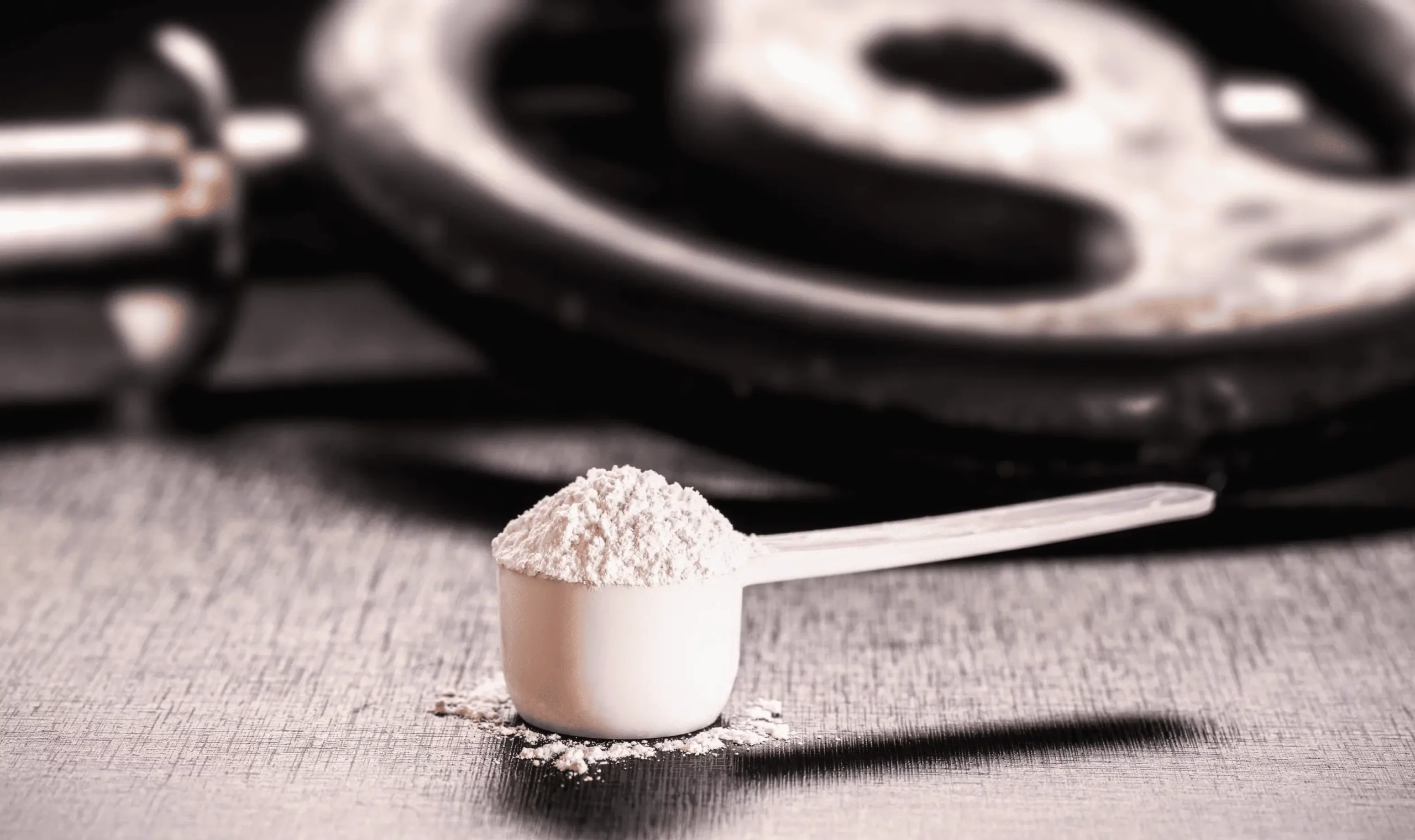Creatine monohydrate is a cornerstone of the sports nutrition industry. Its efficacy is undisputed. For a product formulator, however, the biggest challenge isn’t proving that it works, but ensuring it provides a positive user experience. The most common consumer complaint? Poor solubility and a gritty, sandy texture.
This is not a failure of the molecule itself, but a challenge of its physical form. The solution lies in a key, often overlooked technical specification: creatine mesh size. Understanding this parameter is the difference between launching a standard product and a premium one.
What exactly is creatine mesh size?
“Mesh” is a measure of particle size, determined by the number of openings per linear inch in a screen or sieve. A higher mesh number indicates smaller particles, as more of them can pass through a finer screen.
- Standard Creatine (e.g., 80 mesh): Particles are larger. This is a cost-effective, standard-grade raw material.
- Micronized Creatine (e.g., 200 mesh): Particles are significantly smaller, having been milled down to a finer powder. This grade is often referred to as “micronized”.
This difference in particle size has profound implications for a product’s physical properties. While chemically identical, the performance of an 80 mesh and a 200 mesh creatine in a final product could not be more different.
Why creatine mesh size is a critical factor in formulation
The primary benefit of a smaller particle size is a dramatic increase in total surface area. As fundamental principles of physical chemistry dictate, greater surface area leads to faster and more efficient dissolution in a liquid. This is further explored in technical papers on powder technology, such as those found in the International Journal of Pharmaceutics, which detail how particle size reduction is a key strategy for improving the dissolution rates of poorly soluble compounds.
For formulators, a higher creatine mesh size translates directly into tangible product benefits:
| Feature | Standard Creatine (80 mesh) | Micronized Creatine (200 mesh) |
|---|---|---|
| Solubility | Slow to dissolve, often leaves sediment | Dissolves significantly faster and more completely |
| Mouthfeel | Can be gritty, sandy, unpleasant | Smooth, non-gritty, superior texture |
| Dispersion | Prone to clumping | Disperses easily with minimal effort |
| Application | Suitable for capsules or tablets | Essential for high-quality powdered blends |
Application guide: choosing the right grade
- When to use 80 mesh creatine: This grade is a practical choice for applications where solubility is not a primary concern, such as in tablets, capsules, or multi-ingredient blends where other components may mask its texture. It offers a significant cost advantage.
- When to insist on 200 mesh creatine: This premium grade is non-negotiable for stand-alone creatine powders, pre-workouts, and any RTD or powdered beverage where mixability and a smooth mouthfeel are critical selling points. It directly solves the “grit problem” and elevates the perceived quality of the entire product.
The supplier’s role in delivering consistency
The effectiveness of using a 200 creatine mesh size depends on the quality and consistency of the micronization process. An inconsistent milling process can result in a wide particle size distribution, negating the benefits of the finer grade.
At Nutri Partners, we supply both standard and 200 mesh creatine monohydrate. We understand the technical importance of particle size and provide full documentation, including a Certificate of Analysis (CoA), to ensure our partners receive exactly the grade their formulation demands.
Choosing the right creatine mesh size is a crucial technical decision that directly impacts customer satisfaction and brand reputation.

